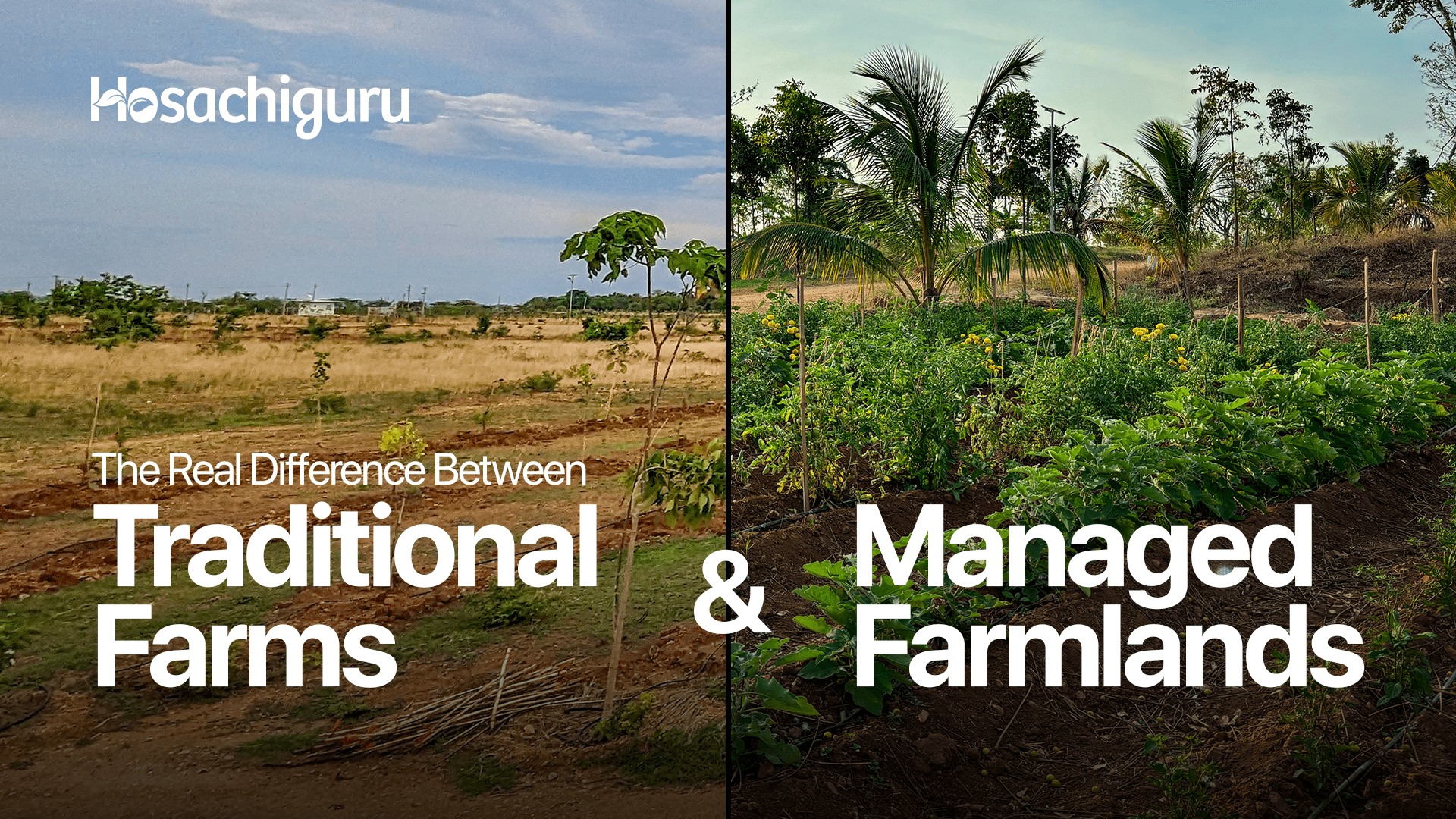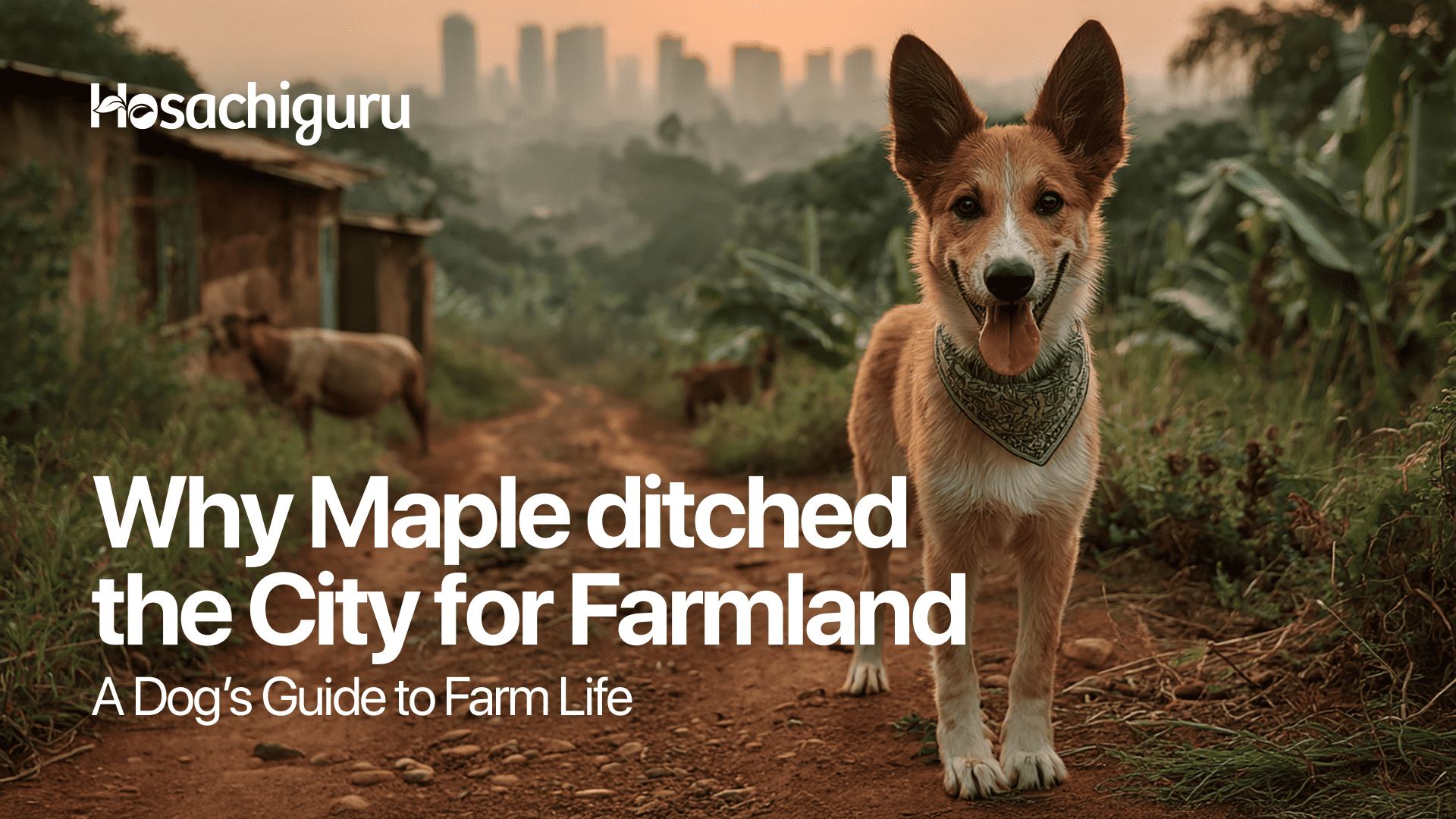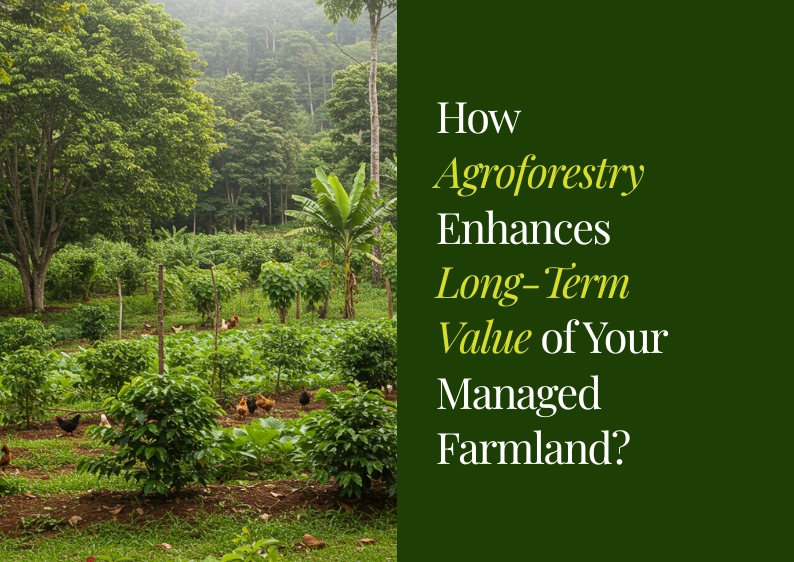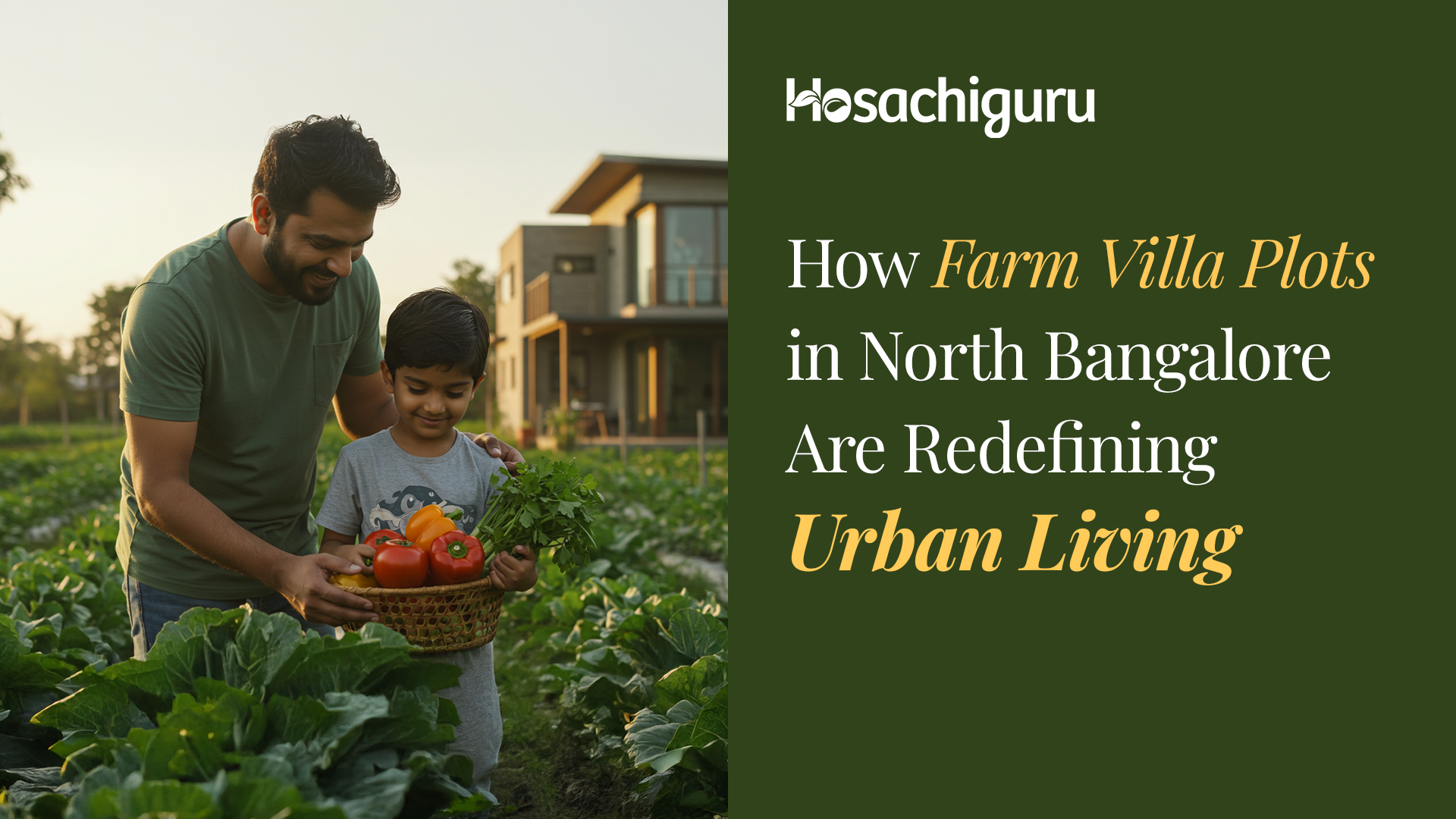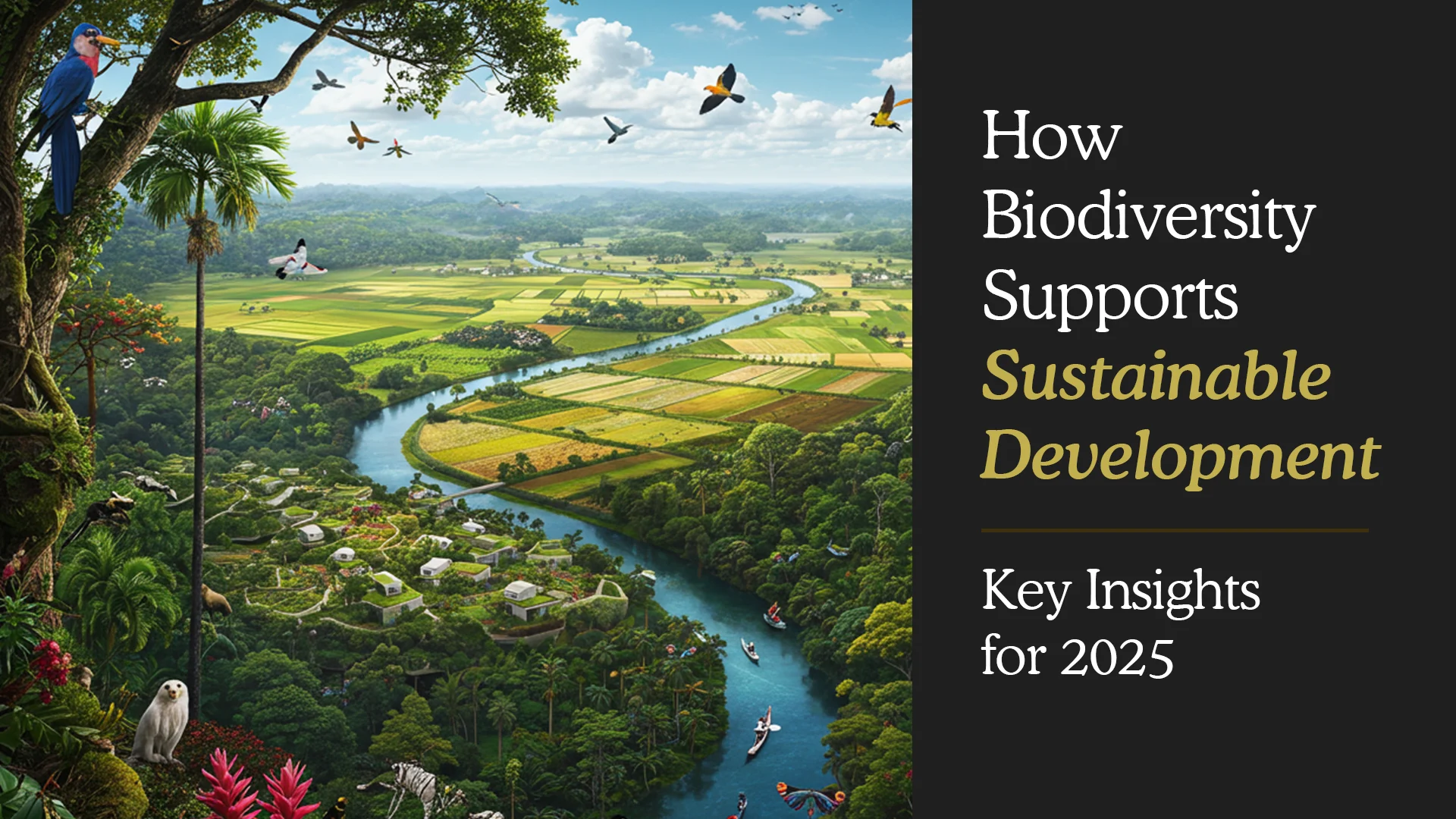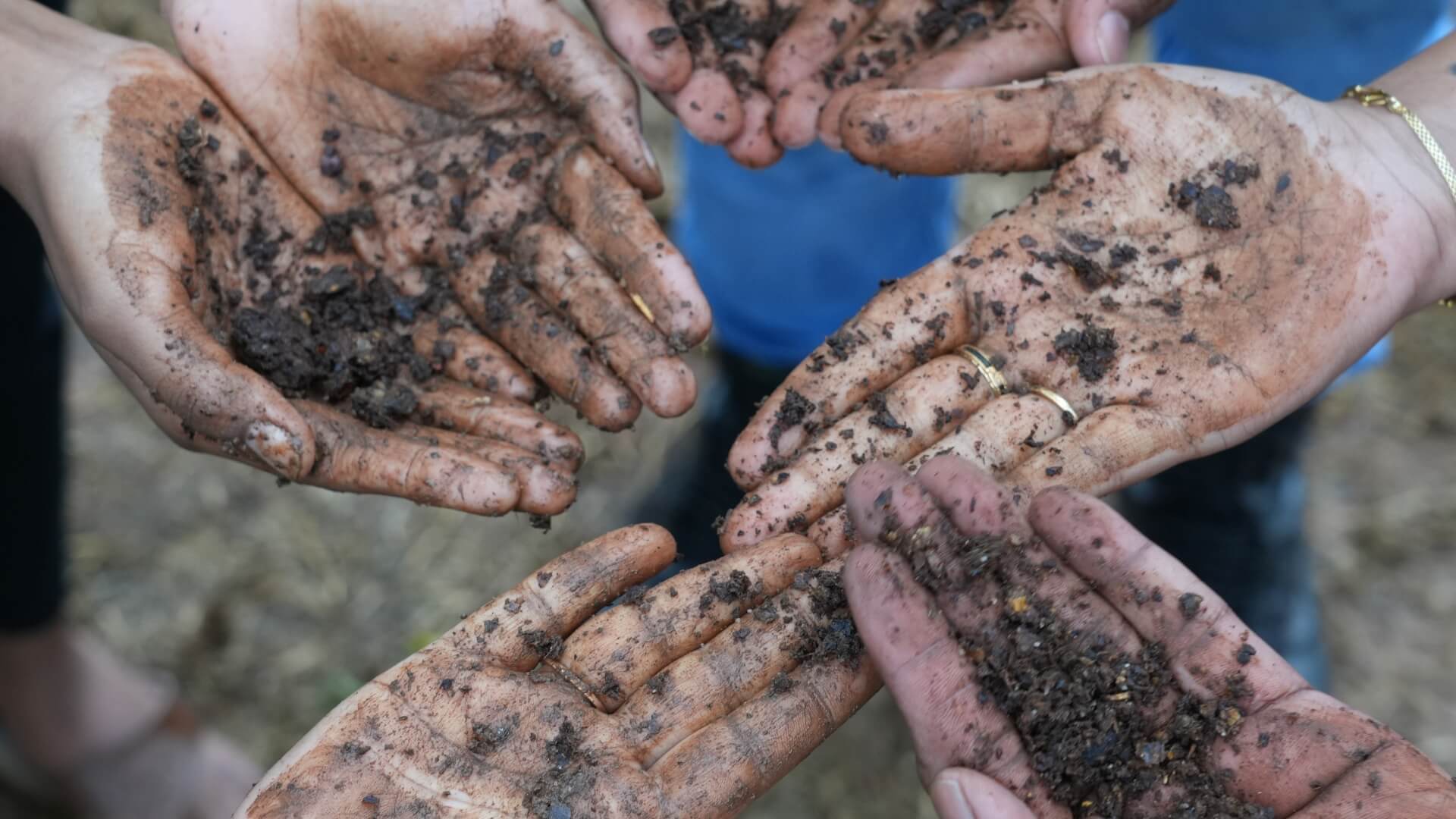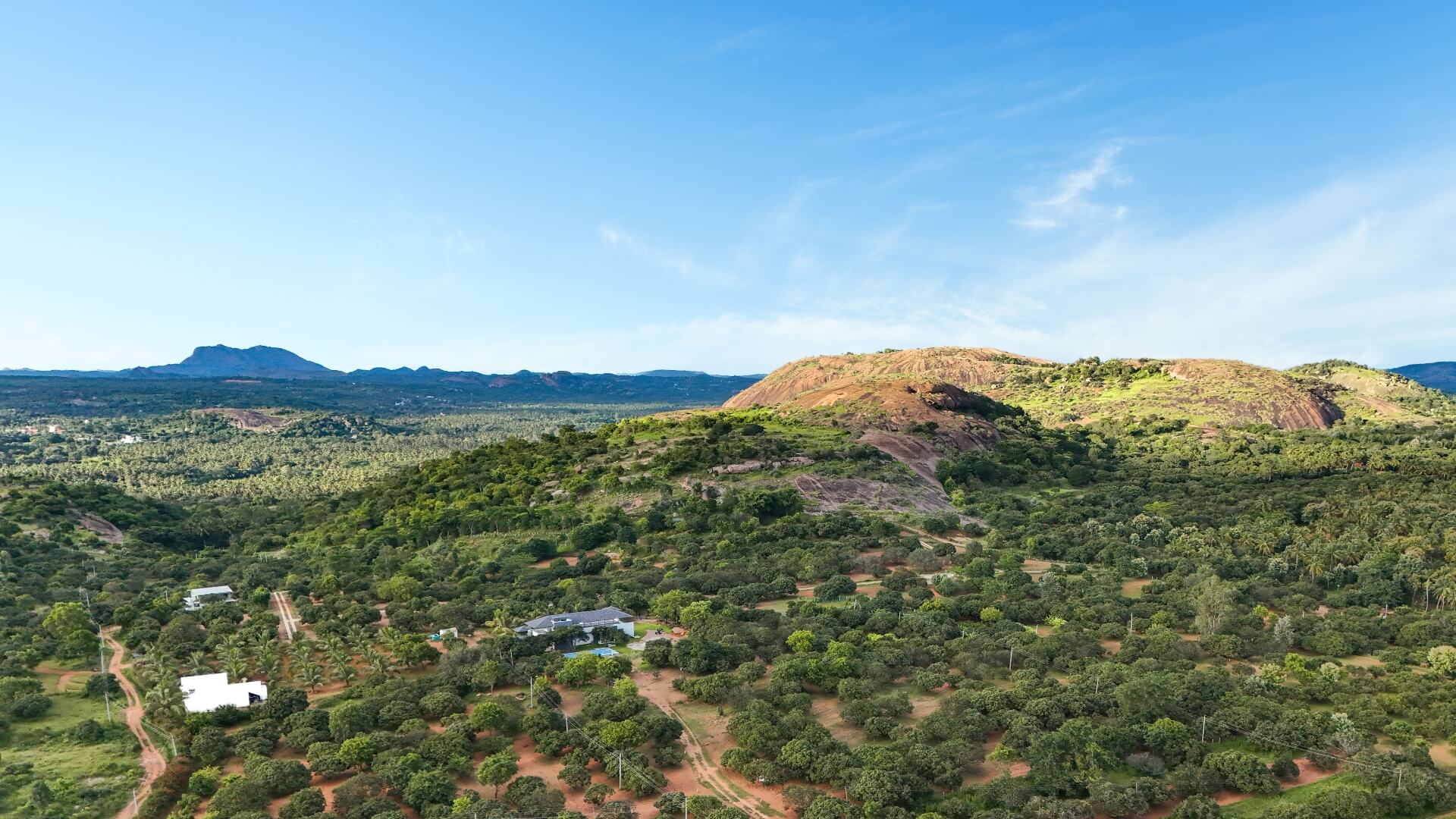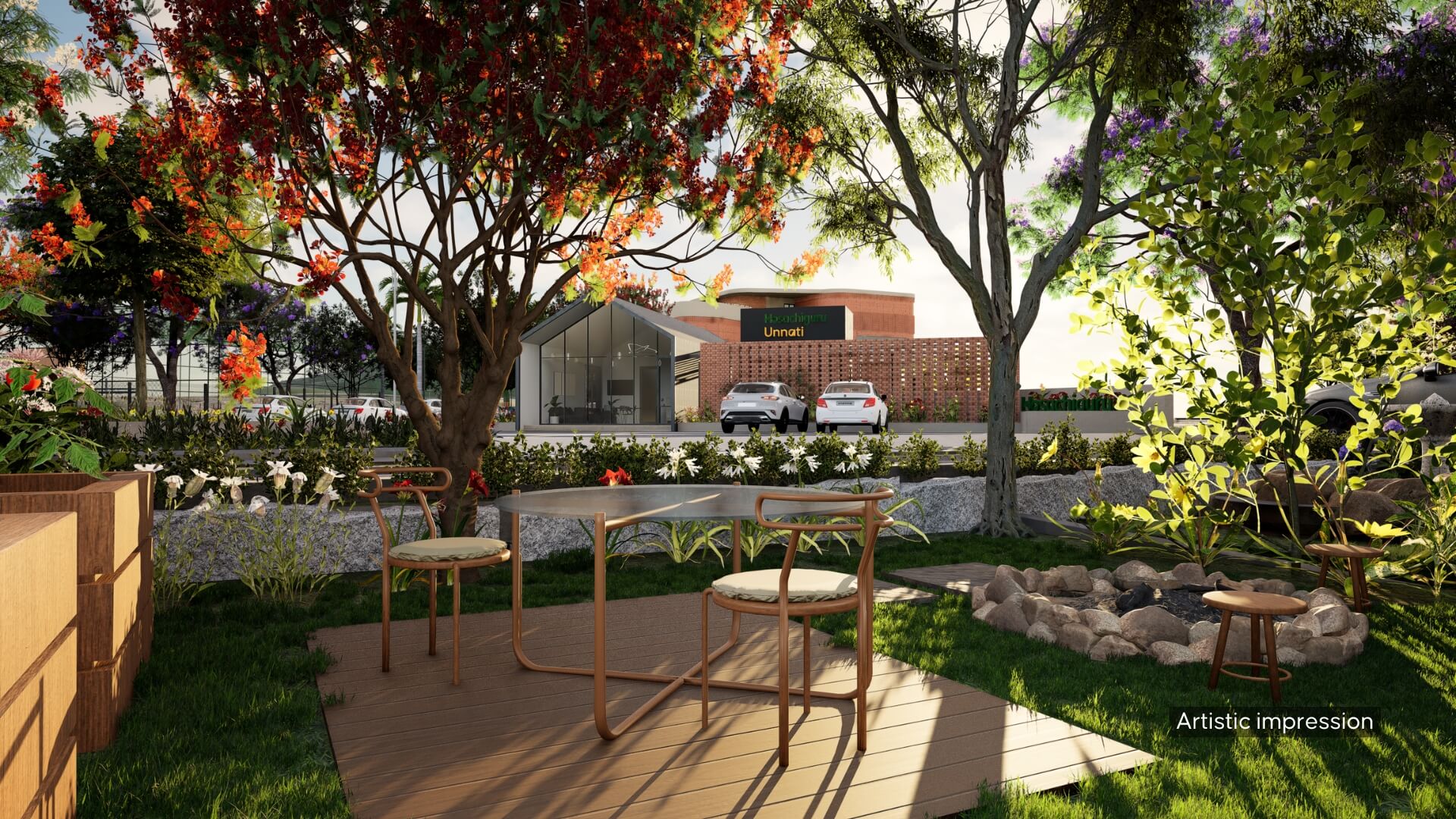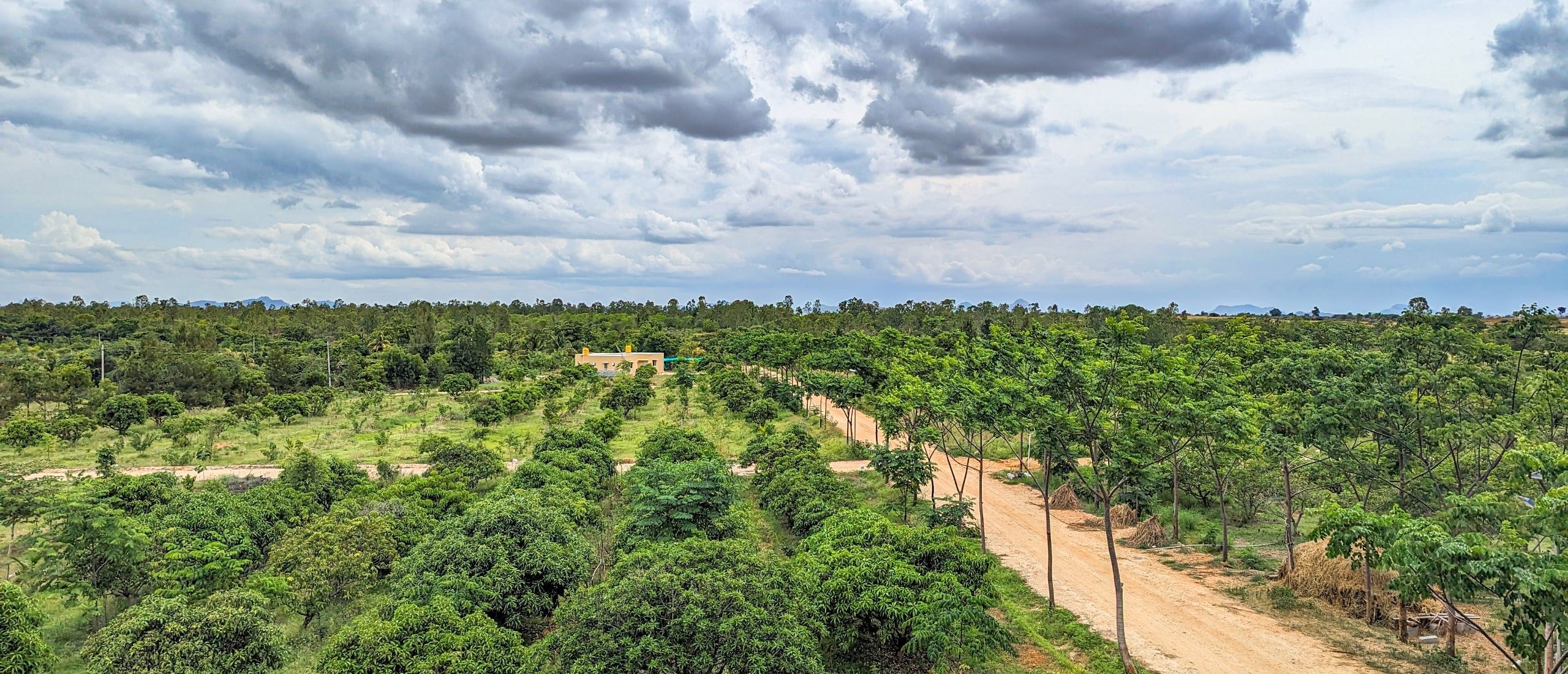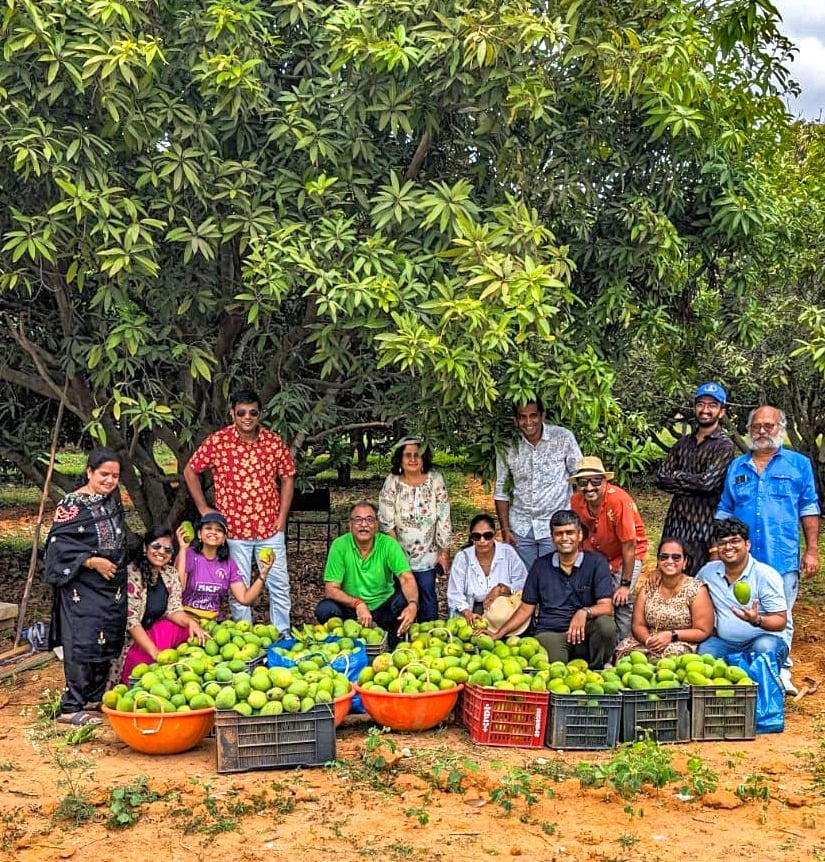June 30, 2019
Introduction:
In today’s dynamic world, the demand for both agricultural products and real estate is on the rise. As urbanization continues to spread, the need for sustainable farming practices and smart land investments has never been more crucial.
This blog explores the pivotal role of agroforestry in fostering sustainably managed farmlands, especially in the vicinity of Bangalore, where the synergy of agriculture and forestry can unlock a multitude of benefits for both the environment and investors.
Agroforestry: A Green Solution for Farmlands
Agroforestry, the practice of integrating trees, crops, and livestock on the same piece of land, offers a sustainable solution that addresses multiple challenges. Farmlands near Bangalore can greatly benefit from this approach, as it provides a win-win scenario by enhancing agricultural productivity while promoting ecological balance.
Environmental Benefits
Biodiversity Conservation: Agroforestry systems create diverse habitats, promoting the coexistence of different plant and animal species. This contributes to the preservation of local biodiversity, ensuring the long-term health of ecosystems. To read more about biodiversity, click – https://www.hosachiguru.com/blog/international-biodiversity-day/
Carbon Sequestration: Trees, through photosynthesis, absorb carbon dioxide from the atmosphere, reducing greenhouse gas concentrations. Agroforestry increases the overall carbon sink capacity of farmlands, aiding in climate change mitigation. To read more about carbon sequestration and how is it achieved through syntropic farming, click here https://www.hosachiguru.com/blog/syntropic-farming/
Soil Health Improvement: Tree roots prevent soil erosion and compaction, enhancing soil structure and nutrient retention. Fallen leaves from trees act as natural mulch, enriching the soil and reducing the need for external inputs. To read more about soil and its health –https://www.hosachiguru.com/blog/international-compost-awareness-week/
Water Management: Trees play a vital role in regulating water cycles. They help in groundwater recharge, reduce runoff, and maintain stable moisture levels, preventing both floods and droughts. To read more about water accountability at Hosachiguru, click – https://www.hosachiguru.com/blog/water-accountability-at-hosachiguru/ and https://www.hosachiguru.com/blog/efficient-water-management-methods-techniques-for-sustainable-farming/
Economic Benefits
Diversified Income Streams: Agroforestry provides multiple sources of income from both tree and crop products. This reduces the risk associated with relying solely on one type of production, enhancing farmers’ economic stability.
Improved Yield Stability: Trees can provide shade and windbreaks, creating microclimates that protect crops from extreme weather conditions. This stabilizes yields and minimizes losses due to climatic factors.
Higher Market Value: Many tree products, such as fruits, nuts, and timber, have higher market values compared to traditional crops. This can significantly increase farmers’ income potential.
Reduced Input Costs: Trees contribute to nutrient recycling and pest management, reducing the need for synthetic fertilizers and pesticides. This leads to cost savings and a more sustainable farming approach.
To know more about how agroforestry is shaping India’s green economy – please click on the link https://www.hosachiguru.com/blog/agroforestry-shaping-indias-green-economy/
Challenges and Considerations
Longer Establishment Period: Trees take time to grow and establish, which might delay immediate economic returns. However, this can be mitigated by intercropping short-term crops during the initial stages.
Management Knowledge: Successful agroforestry requires knowledge of both crop and tree management. Farmers might need training and technical support to implement and maintain such systems effectively.
Land Tenure and Policy Support: Land tenure systems and government policies should encourage and support agroforestry initiatives, as they often require a longer-term perspective than traditional farming.
Managed Farmlands and Agroforestry
Managing large agroforests effectively isn’t something one person can do alone. It requires a capable team to ensure the trees grow well and stay strong against challenges.
Taking care of agroforests properly is a long-term job, around 15 to 20 years. Agronomists are the experts who manage things like making sure the trees have enough food and nutrition, protecting them from bugs, and pests, and keeping track of their health. The main goal is to let the trees grow big, which is when the investment starts to pay off.
But there are risks, like bugs, insects, pests affecting the health of the trees, the risk of theft, and natural disasters hurting them. That’s why it’s really important to manage agroforests in a smart way.
This kind of comprehensive management demands expertise, transparency, and timely actions. It’s a big task for individuals who lack time, skills, and resources. That’s why relying on skilled experts and experienced staff for continuous care, especially 24/7 monitoring, is the best choice.
These professionals know how to manage various aspects of agroforestry. They make sure trees get proper nutrients, deal with pests, and respond quickly to changes. This is where managed farmlands shine, with experts and skilled staff taking care of everything needed for successful agroforestry.
The whole point of growing agroforests is to avail economic benefits while keeping the ecology and its health as the center of focus. Hence using sustainable practices to do this large-scale agroforestry is a good win-win situation for us as individuals, our communities, and for our country.
When considering a partner for managed farmland services with a focus on agroforestry, it’s crucial to conduct thorough research. This involves delving deep into the authenticity of their management practices, their comprehensive approach to agriculture, and whether they have a skilled in-house agronomy team capable of overseeing the land, soil, and crops. To gain a more detailed understanding of these factors on how to choose the right Managed farmland partner you can explore our blog by clicking on the link: https://www.hosachiguru.com/blog/how-to-choose-the-right-managed-farmland-partner/
Numerous managed farmland companies operate in and around Bangalore. Among them, Hosachiguru stands out as a pioneer in this field. With over a decade of experience, we have been managing agro and food forests using regenerative farming techniques based on permaculture principles and ethics. Our track record includes successfully managing 23+ projects across Andhra, Karnataka, and Tamil Nadu. A noteworthy achievement is the collaboration with over 1000 co-farmers who have purchased land with us and are actively engaging in co-farming. This substantial number of satisfied co-farmers attests to the trustworthiness and credibility of Hosachiguru in the realm of managed farmlands.
Conclusion
As farmlands for sale become not only an investment opportunity but also a means to drive sustainable change, agroforestry stands tall as a cornerstone of this transformative journey. As urbanization encroaches on farmlands, the need for ecological balance and efficient resource management becomes critical. By embracing agroforestry, we can secure diversified income, stabilize yields, and enhance our environment’s health.
As we contemplate investing in agroforestry, the peace of mind that comes with managed farmlands cannot be overstated. It is within these managed systems that the expertise of skilled professionals ensures the growth of thriving ecosystems and fruitful investments. Among the pioneers in this arena, Hosachiguru stands tall, a beacon of success and sustainability.
Let’s choose the path of agroforestry, entrusting our investments to the guardians of nature and growth. In doing so, we not only ensure our prosperity but also contribute to a greener, more prosperous future for generations to come.























